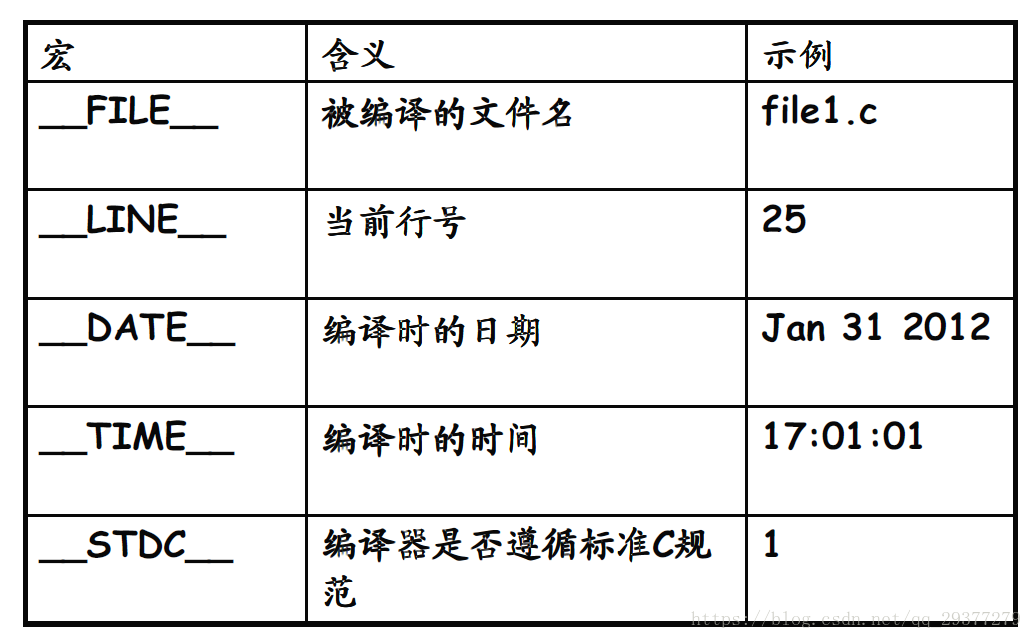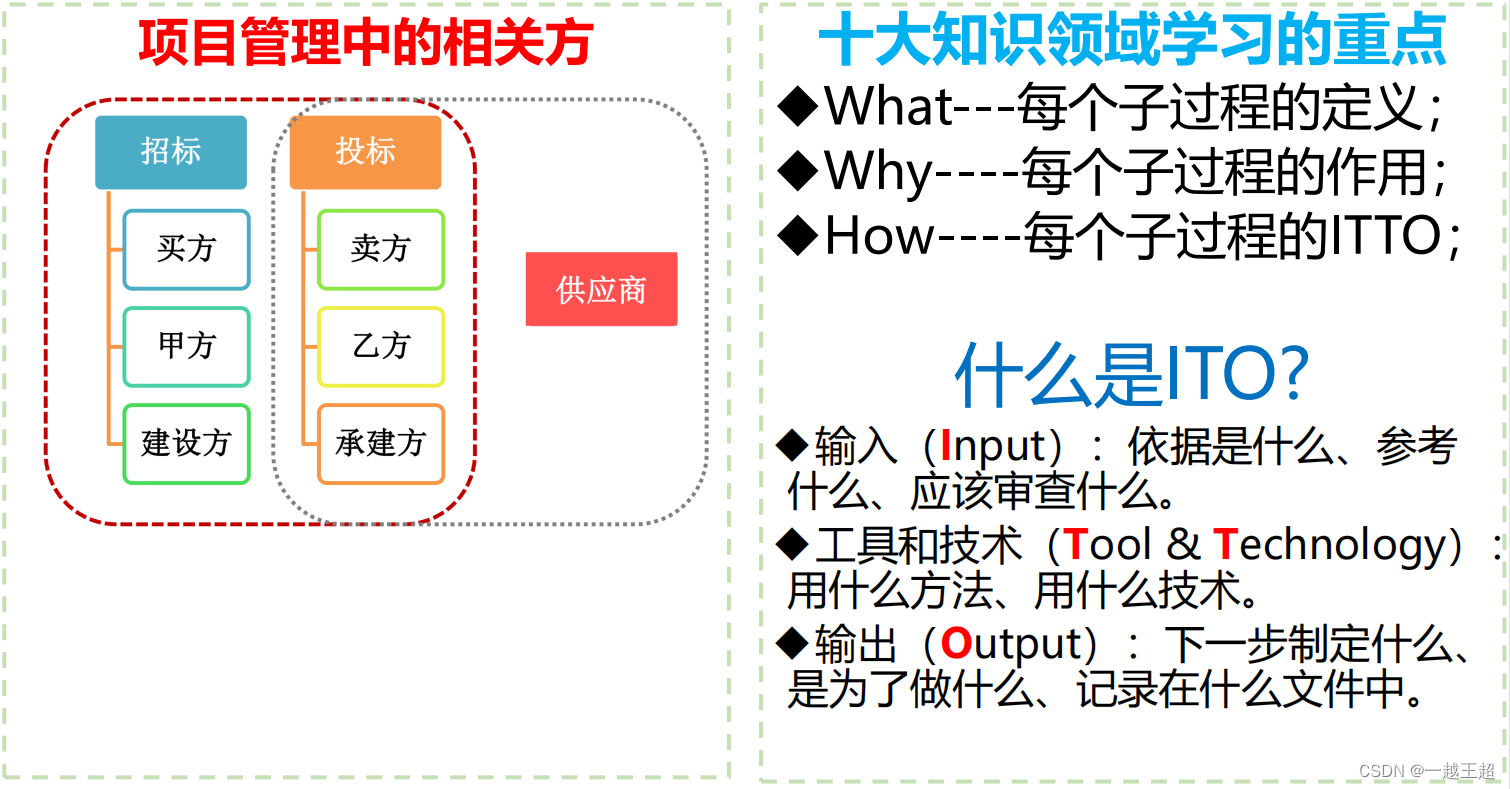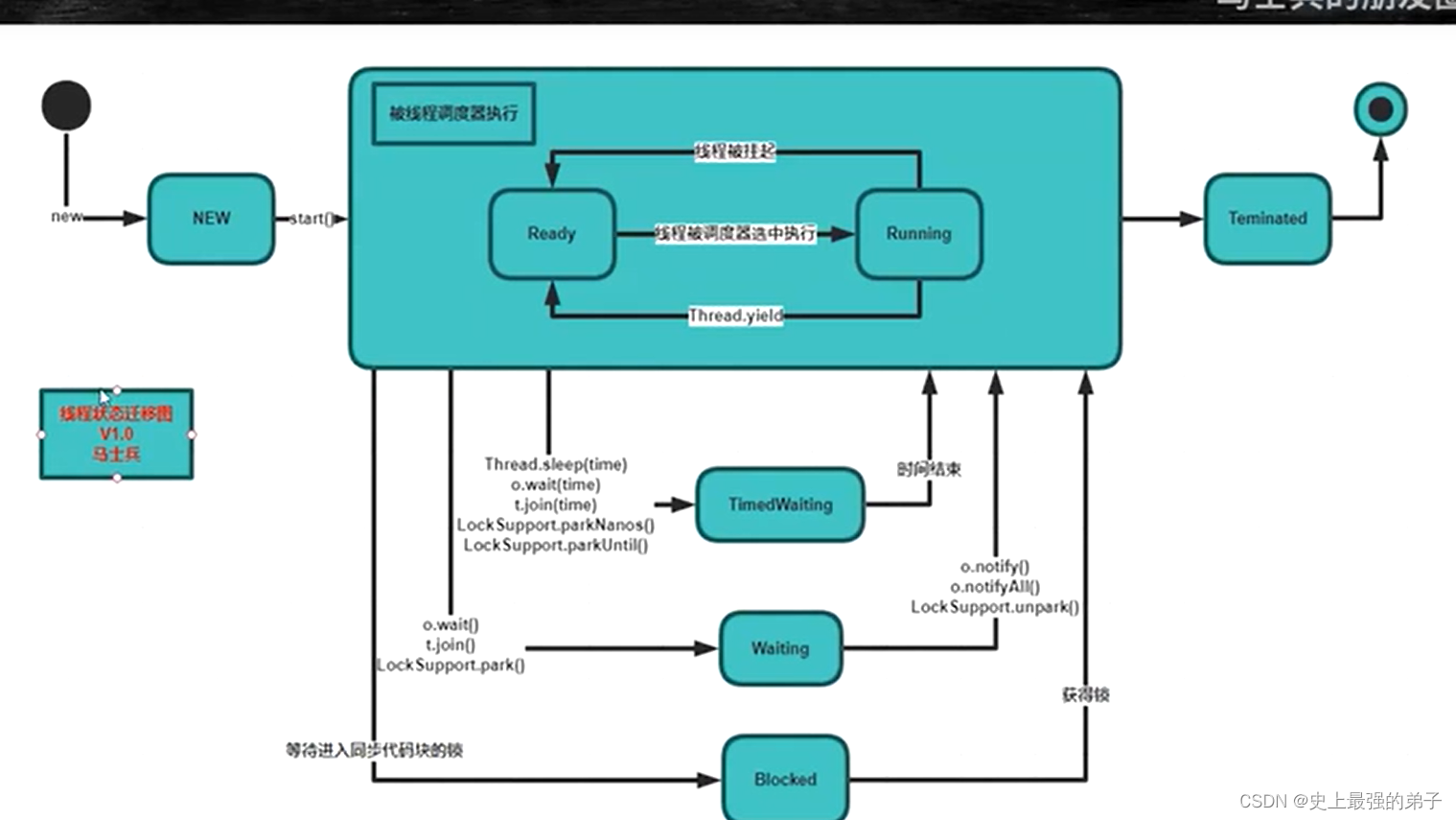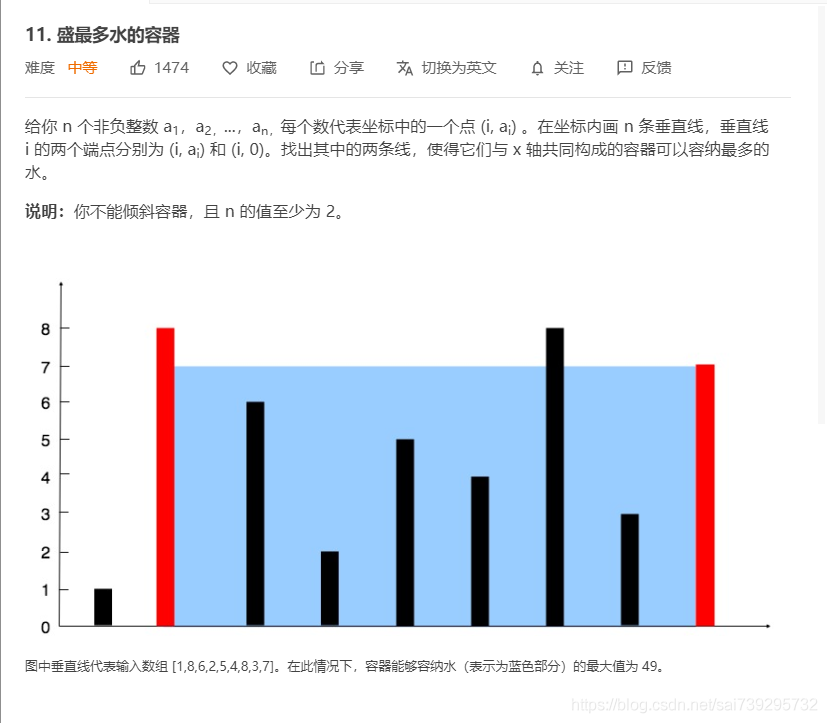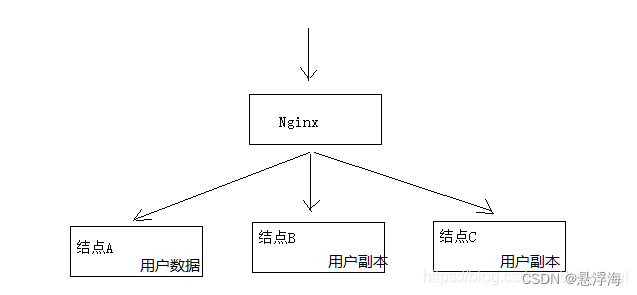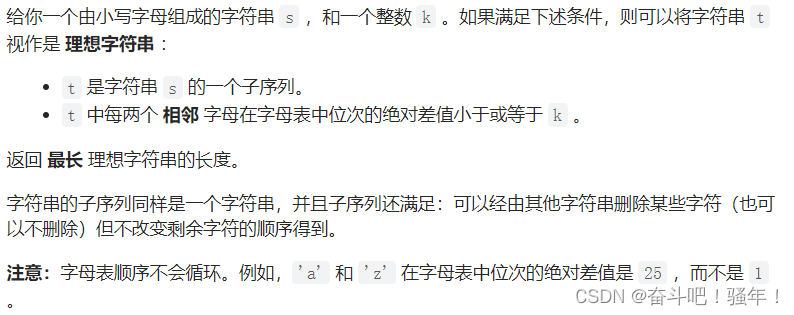当前位置:网站首页>car-price-deeplearning-0411
car-price-deeplearning-0411
2022-08-09 07:03:00 【Anakin6174】
import pandas as pd
import numpy as np
from sklearn.preprocessing import MinMaxScaler
from sklearn.model_selection import train_test_split
from tensorflow import keras
from sklearn.metrics import mean_absolute_error
from tqdm import tqdm
C:\ProgramData\Anaconda3\lib\site-packages\h5py\__init__.py:36: FutureWarning: Conversion of the second argument of issubdtype from `float` to `np.floating` is deprecated. In future, it will be treated as `np.float64 == np.dtype(float).type`.
from ._conv import register_converters as _register_converters
df = pd.read_csv(r'D:/Opendata/carprice/used_car_train_20200313.csv',sep = ' ')
df['notRepairedDamage'].replace('-', 0.5, inplace=True)
df['notRepairedDamage'] = df['notRepairedDamage'].astype(float)
# train_data = df[df['notRepairedDamage']==0]
data_test = pd.read_csv(r'D:/Opendata/carprice/used_car_testA_20200313.csv',sep = ' ')
data_test['notRepairedDamage'].replace('-', 0.5, inplace=True)
data_test['notRepairedDamage'] = data_test['notRepairedDamage'].astype(float)
df.shape
(150000, 31)
# 预处理
def date_proc_zero(x):
m = int(x[4:6])
if m == 0:
m = 1
return x[:4] + '-' + str(m) + '-' + x[6:]
def parse_date(df, colname):
newcol = colname + 'timestamp'
df[newcol] = pd.to_datetime(df[colname].astype('str').apply(date_proc_zero))
df[colname + '_year'] = df[newcol].dt.year
df[colname + '_month'] = df[newcol].dt.month
df[colname + '_day'] = df[newcol].dt.day
df[colname + '_dayofweek'] = df[newcol].dt.dayofweek
return df
train_data = df
train_data = parse_date(train_data, 'regDate')
train_data = parse_date(train_data, 'creatDate')
# 构造特征--Calculate car age,以月为单位
train_data['carAge'] = (train_data['creatDate_year'] - train_data['regDate_year']) * 12 + train_data['creatDate_month'] - train_data['regDate_month']
data_test = parse_date(data_test, 'regDate')
data_test = parse_date(data_test, 'creatDate')
# 构造特征--Calculate car age,以月为单位
data_test['carAge'] = (data_test['creatDate_year'] - data_test['regDate_year']) * 12 + data_test['creatDate_month'] - data_test['regDate_month']
train_data.info()
#Modify exception data
train_data['power'][train_data['power']>600]=600
data_test['power'][data_test['power']>600]=600
C:\ProgramData\Anaconda3\lib\site-packages\ipykernel_launcher.py:2: SettingWithCopyWarning:
A value is trying to be set on a copy of a slice from a DataFrame
See the caveats in the documentation: http://pandas.pydata.org/pandas-docs/stable/indexing.html#indexing-view-versus-copy
C:\ProgramData\Anaconda3\lib\site-packages\ipykernel_launcher.py:3: SettingWithCopyWarning:
A value is trying to be set on a copy of a slice from a DataFrame
See the caveats in the documentation: http://pandas.pydata.org/pandas-docs/stable/indexing.html#indexing-view-versus-copy
This is separate from the ipykernel package so we can avoid doing imports until
def cross_cat_num(df,num_col,cat_col):
for f1 in tqdm(cat_col):
g = df.groupby(f1, as_index=False)
for f2 in tqdm(num_col):
feat = g[f2].agg({
'{}_{}_max'.format(f1, f2): 'max', '{}_{}_min'.format(f1, f2): 'min',
'{}_{}_median'.format(f1, f2): 'median', '{}_{}_mean'.format(f1, f2): 'mean',
'{}_{}_std'.format(f1, f2): 'std', '{}_{}_mad'.format(f1, f2): 'mad',
})
df = df.merge(feat, on=f1, how='left')
return df
cross_cat = ['bodyType', 'brand', 'regionCode','name','fuelType','gearbox']
cross_num = ['v_12','v_8', 'v_0', 'power', 'v_3','kilometer']
train_data = cross_cat_num(train_data,cross_num,cross_cat)
data_test = cross_cat_num(data_test,cross_num,cross_cat)
train_data = pd.get_dummies(train_data, prefix=None, prefix_sep='_', dummy_na=False, columns=['model','bodyType','gearbox','brand','fuelType','notRepairedDamage'], sparse=False, drop_first=False)
train_data.head()
.dataframe tbody tr th {
vertical-align: top;
}
.dataframe thead th {
text-align: right;
}
| SaleID | name | regDate | power | kilometer | regionCode | seller | offerType | creatDate | price | ... | fuelType_0.0 | fuelType_1.0 | fuelType_2.0 | fuelType_3.0 | fuelType_4.0 | fuelType_5.0 | fuelType_6.0 | notRepairedDamage_0.0 | notRepairedDamage_0.5 | notRepairedDamage_1.0 | |
|---|---|---|---|---|---|---|---|---|---|---|---|---|---|---|---|---|---|---|---|---|---|
| 0 | 0 | 736 | 20040402 | 60 | 12.5 | 1046 | 0 | 0 | 20160404 | 1850 | ... | 1 | 0 | 0 | 0 | 0 | 0 | 0 | 1 | 0 | 0 |
| 1 | 1 | 2262 | 20030301 | 0 | 15.0 | 4366 | 0 | 0 | 20160309 | 3600 | ... | 1 | 0 | 0 | 0 | 0 | 0 | 0 | 0 | 1 | 0 |
| 2 | 2 | 14874 | 20040403 | 163 | 12.5 | 2806 | 0 | 0 | 20160402 | 6222 | ... | 1 | 0 | 0 | 0 | 0 | 0 | 0 | 1 | 0 | 0 |
| 3 | 3 | 71865 | 19960908 | 193 | 15.0 | 434 | 0 | 0 | 20160312 | 2400 | ... | 1 | 0 | 0 | 0 | 0 | 0 | 0 | 1 | 0 | 0 |
| 4 | 4 | 111080 | 20120103 | 68 | 5.0 | 6977 | 0 | 0 | 20160313 | 5200 | ... | 1 | 0 | 0 | 0 | 0 | 0 | 0 | 1 | 0 | 0 |
5 rows × 560 columns
data_test = pd.get_dummies(data_test, prefix=None, prefix_sep='_', dummy_na=False, columns=['model','bodyType','gearbox','brand','fuelType','notRepairedDamage'], sparse=False, drop_first=False)
data_test.head()
.dataframe tbody tr th {
vertical-align: top;
}
.dataframe thead th {
text-align: right;
}
| SaleID | name | regDate | power | kilometer | regionCode | seller | offerType | creatDate | v_0 | ... | fuelType_0.0 | fuelType_1.0 | fuelType_2.0 | fuelType_3.0 | fuelType_4.0 | fuelType_5.0 | fuelType_6.0 | notRepairedDamage_0.0 | notRepairedDamage_0.5 | notRepairedDamage_1.0 | |
|---|---|---|---|---|---|---|---|---|---|---|---|---|---|---|---|---|---|---|---|---|---|
| 0 | 150000 | 66932 | 20111212 | 313 | 15.0 | 1440 | 0 | 0 | 20160329 | 49.593127 | ... | 0 | 1 | 0 | 0 | 0 | 0 | 0 | 1 | 0 | 0 |
| 1 | 150001 | 174960 | 19990211 | 75 | 12.5 | 5419 | 0 | 0 | 20160404 | 42.395926 | ... | 1 | 0 | 0 | 0 | 0 | 0 | 0 | 0 | 0 | 1 |
| 2 | 150002 | 5356 | 20090304 | 109 | 7.0 | 5045 | 0 | 0 | 20160308 | 45.841370 | ... | 1 | 0 | 0 | 0 | 0 | 0 | 0 | 1 | 0 | 0 |
| 3 | 150003 | 50688 | 20100405 | 160 | 7.0 | 4023 | 0 | 0 | 20160325 | 46.440649 | ... | 1 | 0 | 0 | 0 | 0 | 0 | 0 | 1 | 0 | 0 |
| 4 | 150004 | 161428 | 19970703 | 75 | 15.0 | 3103 | 0 | 0 | 20160309 | 42.184604 | ... | 1 | 0 | 0 | 0 | 0 | 0 | 0 | 1 | 0 | 0 |
5 rows × 558 columns
missing_cols = set( train_data.columns ) - set( data_test.columns )
print(missing_cols)
{'price', 'model_247.0'}
data_test['model_247.0'] = 0
train_data.columns
Index(['SaleID', 'name', 'regDate', 'power', 'kilometer', 'regionCode',
'seller', 'offerType', 'creatDate', 'price',
...
'fuelType_0.0', 'fuelType_1.0', 'fuelType_2.0', 'fuelType_3.0',
'fuelType_4.0', 'fuelType_5.0', 'fuelType_6.0', 'notRepairedDamage_0.0',
'notRepairedDamage_0.5', 'notRepairedDamage_1.0'],
dtype='object', length=560)
train_data.fillna(train_data.median(),inplace= True)
data_test.fillna(train_data.median(),inplace= True)
tags=list(train_data.columns)
print(len(tags))
print(tags)
tags.remove('price')
tags.remove('creatDatetimestamp')
tags.remove('SaleID')
tags.remove('regDatetimestamp')
print(len(tags))
print(tags)
#特征归一化
min_max_scaler = MinMaxScaler()
min_max_scaler.fit(train_data[tags].values)
x = min_max_scaler.transform(train_data[tags].values)
x_ = min_max_scaler.transform(data_test[tags].values)
#获得y值
y = train_data['price'].values
#切分训练集
x_train,x_test,y_train,y_test = train_test_split(x,y,test_size = 0.1)
model = keras.Sequential([
keras.layers.Dense(500,activation='relu',input_shape=[556]),
keras.layers.Dense(300,activation='relu'),
keras.layers.Dense(200,activation='relu'),
keras.layers.Dense(1)])
model.compile(loss='mean_absolute_error',
optimizer='Adam')
model.fit(x_train,y_train,batch_size = 2048,epochs=100) # 100+10
<tensorflow.python.keras.callbacks.History at 0xf898710>
#Compare the training and validation sets
print(mean_absolute_error(y_train,model.predict(x_train)))
460.7230023605912
test_pre = model.predict(x_test)
print(mean_absolute_error(y_test,test_pre))
517.5352069231669
#Output result prediction
y_=model.predict(x_)
data_test_price = pd.DataFrame(y_,columns = ['price'])
results = pd.concat([data_test['SaleID'],data_test_price],axis = 1)
results.to_csv('results0411.csv',sep = ',',index = None)
def build_model_xgb(x_train,y_train):
model = xgb.XGBRegressor(n_estimators=150, learning_rate=0.1, gamma=0, subsample=0.8,\
colsample_bytree=0.9, max_depth=7) #, objective ='reg:squarederror'
model.fit(x_train, y_train)
return model
def build_model_lgb(x_train,y_train):
estimator = lgb.LGBMRegressor(num_leaves=127,n_estimators = 150)
param_grid = {
'learning_rate': [0.01, 0.05, 0.1, 0.2],
}
gbm = GridSearchCV(estimator, param_grid)
gbm.fit(x_train, y_train)
return gbm
## 定义了一个统计函数,方便后续信息统计
def Sta_inf(data):
print('_min',np.min(data))
print('_max:',np.max(data))
print('_mean',np.mean(data))
print('_ptp',np.ptp(data))
print('_std',np.std(data))
print('_var',np.var(data))
import lightgbm as lgb
import xgboost as xgb
from sklearn.model_selection import GridSearchCV
print('Train lgb...')
model_lgb = build_model_lgb(x_train,y_train)
# val_lgb = model_lgb.predict(x_val)
# MAE_lgb = mean_absolute_error(y_val,val_lgb)
# print('MAE of val with lgb:',MAE_lgb)
Train lgb...
C:\ProgramData\Anaconda3\lib\site-packages\sklearn\model_selection\_split.py:1978: FutureWarning: The default value of cv will change from 3 to 5 in version 0.22. Specify it explicitly to silence this warning.
warnings.warn(CV_WARNING, FutureWarning)
---------------------------------------------------------------------------
NameError Traceback (most recent call last)
<ipython-input-35-42ba48cb64d4> in <module>()
4 print('Train lgb...')
5 model_lgb = build_model_lgb(x_train,y_train)
----> 6 val_lgb = model_lgb.predict(x_val)
7 MAE_lgb = mean_absolute_error(y_val,val_lgb)
8 print('MAE of val with lgb:',MAE_lgb)
NameError: name 'x_val' is not defined
val_lgb = model_lgb.predict(x_test)
MAE_lgb = mean_absolute_error(y_test,val_lgb)
print('MAE of val with lgb:',MAE_lgb)
MAE of val with lgb: 560.9402517671131
print('Train xgb...')
model_xgb = build_model_xgb(x_train,y_train)
val_xgb = model_xgb.predict(x_test)
MAE_xgb = mean_absolute_error(y_test,val_xgb)
print('MAE of val with xgb:',MAE_xgb)
Train xgb...
MAE of val with xgb: 595.2708631515503
cross_cat = [‘bodyType’, ‘brand’, ‘regionCode’,‘name’,‘fuelType’,‘gearbox’]
cross_num = [‘v_0’,‘v_1’, ‘v_3’, ‘v_6’, ‘v_12’,‘v_14’]
model = keras.Sequential([
keras.layers.Dense(500,activation=‘relu’,input_shape=[556]),
keras.layers.Dense(300,activation=‘relu’),
keras.layers.Dense(200,activation=‘relu’),
keras.layers.Dense(1)])
----------473
边栏推荐
猜你喜欢
随机推荐
95后,刚工作2-3年就年薪50W+ ,才发现打败我们的,从来不是年龄···
Altium designer软件常用最全封装库,包含原理图库、PCB库和3D模型库
重要消息丨.NET Core 3.1 将于今年12月13日结束支持
神经网络优化器
vlucas/phpdotenv phpdotenv获取变量内容偶尔出现返回false
TCP段重组PDU
db.sqlite3 has no "as Data Source" workaround
AD picture PCB tutorial 20 minutes clear label shop operation process, copper network
Unity first lesson
Reverse Engineering
灵活好用的sql monitoring 脚本 part7
sklearn数据预处理
tianqf的解题思路
【模板】树链剖分 P3384
The division principle summary within the collection
【sqlite3】sqlite3.OperationalError: table addresses has 7 columns but 6 values were supplied
什么是分布式事务
P6 ali machine test of 2020 Fibonacci number
dp学习笔记
Common Oracle Commands
